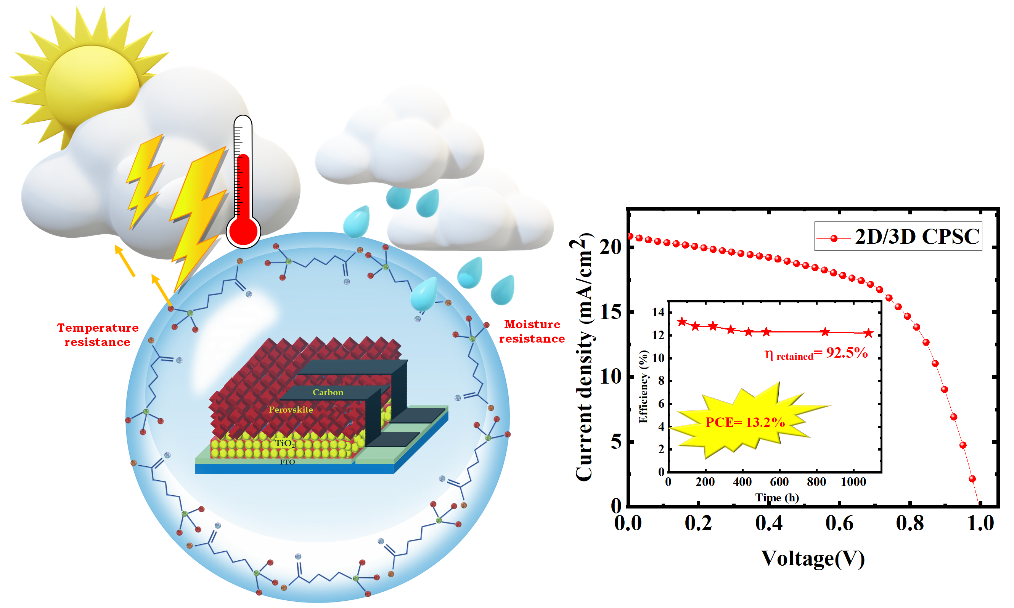Indian scientists have indigenously developed highly stable, low-cost Carbon-based perovskite solar cells with superior thermal and moisture stability which can help overcome the challenges of degradation during operation. It is the first indigenous perovskite-powered niche product developed in India and can pave the way for futuristic stable perovskite solar cells.
With India playing a leading role in promoting renewable energy as part of the global effort to reduce carbon emissions and protect the environment, solar energy forms an important segment in increasing the footprint of green energy. One of the emerging technologies for increasing solar energy production is Perovskite solar cell (PSC), a third-generation solar cell. However, Perovskite photovoltaic cells face the problem of degradation during operation when they come in contact with heat, moisture, light, and other environmental factors. This long-duration stability is a major hindrance in the large-scale commercialisation of the product.
While Carbon-based perovskite solar cells (CPSCs) have been successful in minimizing device stability issues and fabrication costs, the sensitivity of perovskite materials toward humidity and thermal stress is a major obstacle for practical implementation.
Scientists at International Advanced Research Centre for Powder Metallurgy and New Materials (ARCI), Hyderabad, an autonomous institute of the Department of Science and Technology have engineered MaPbI3 (MAPI-Methylammonium-lead-iodide) to attain thermal stability by incorporating Guanidinium iodide (GuI) and moisture stability by surface passivation using 5- amino valeric acid iodide (5-AVAI). The scientists also fabricated mini modules that can be used in real-time applications.
The modified MAPI exhibits a 2D/3D encapsulant layer at the perovskite surface, which, helps the perovskite attain high moisture and temperature stability. The engineered MAPI films exhibit excellent temperature (more than 150 °C) and ambient stability (more than 59 days) when compared with traditional MAPI films.

Figure 1. Schematic representation of the beneficial effect of passivation and compositional engineering for enhancing the stability and Current-voltage spectra of the fabricated CPSCs, inset showing the 1000 h stability test.
This stable perovskite was used as an absorber in Carbon-based perovskite solar cells minimodules (50mm x 50mm) and was successfully integrated with road reflectors to power the LEDs, which were used to charge commercial 1.2V batteries. It can be powered even in full sun and also functions at diffused light, which is key in niche applications.
The research funded by the Department of Science and Technology (DST), Ministry of Science and Technology was published in the ‘Journal of Power Sources’.
The indigenously developed perovskite solar cells can help resolve stability concerns in PSCs bring down high fabrication costs and could help speed up of commercialization in PSC-based niche products.

Figure 2. (a) Schematic diagram and the digital image of mini-module and module integrated road reflector prototype (b) CPSC mini-module with 6 cells connected in series was integrated in the road reflector to power the LEDs, which can be charged under diffused light as well.
Publication link: https://doi.org/10.1016/j.jpowsour.2023.232645
Name: Dr. V. Ganapathy, CSEM, ARCI, Email: ganagv[at]arci[dot]res[dot]in






























